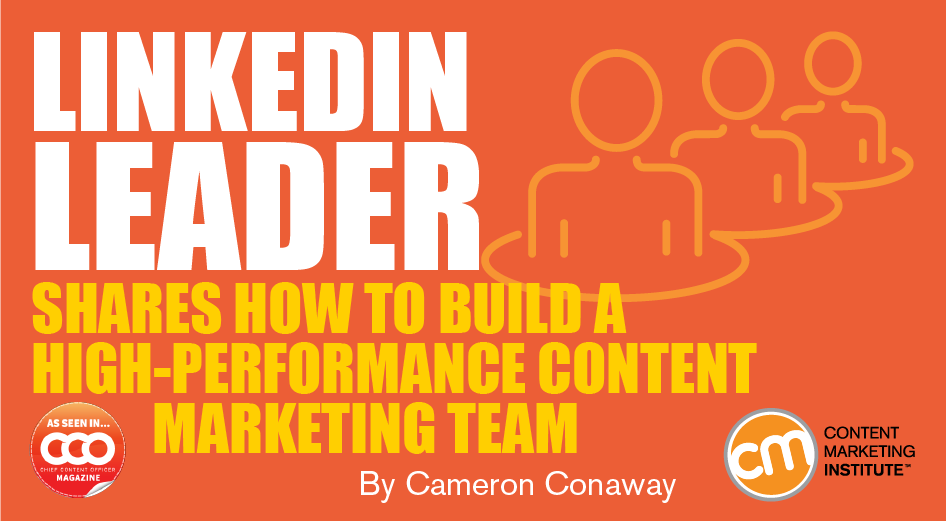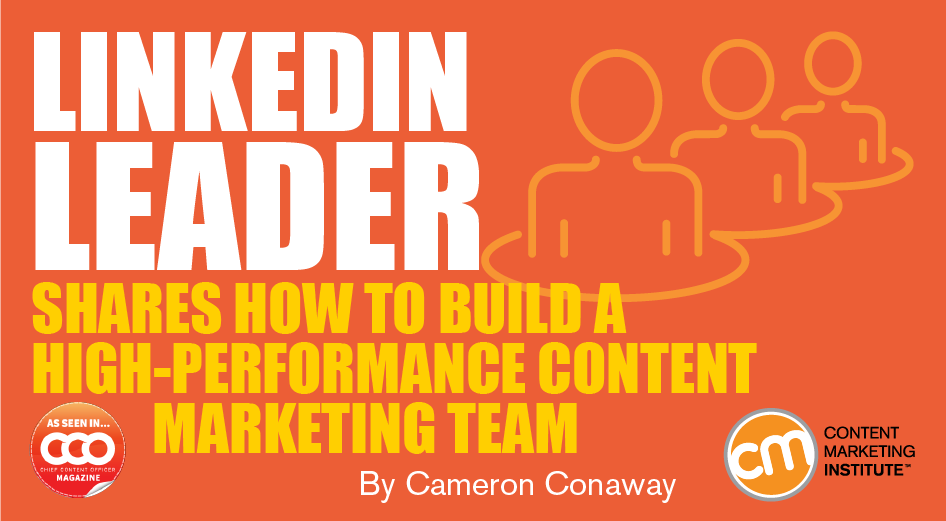
LinkedIn Leader Shares How to Build a High-Performance Content Marketing Team
LinkedIn Leader Shares How to Build a High-Performance Content Marketing Team https://csuiteold.c-suitenetwork.com/wp-content/uploads/2017/06/linkedin-leader-shares-how-to-build-a-high-performance-content-marketing-team.png 946 521 C-Suite Network https://csuiteold.c-suitenetwork.com/wp-content/uploads/2017/06/linkedin-leader-shares-how-to-build-a-high-performance-content-marketing-team.png
The content marketing industry is flooded with “rock stars,” and this has led many to think a content marketing strategy is about individual prowess. But this couldn’t be further from the truth. Peek behind great content marketing efforts and you’ll nearly always find a driven, well-organized team.
Jolie Miller, content strategy and acquisitions leader at LinkedIn, has spent much of her career leading the quiet, disciplined work of high-performance content teams. Here are her practical tips for what it takes to build, manage, and drive them.
CCO: Can you paint a picture of your personal content journey? When did you first take the creation of content seriously, and what about the process did you find (and do you still find) interesting?
Miller: I started in the content business over 10 years ago in the publishing world, where our product was educational content. One of the things I was most excited about then and have only grown more passionate about now at LinkedIn is the idea of over-delivering on value with the content you share. It’s content that truly exceeds users’ expectations that creates those moments of delight with a brand.
What I love about content is it has the power to change people’s lives for a second or for a day or forever. Great content creates space for people to pause and reflect, and that space is where transformation happens.
CCO: Not all teams are high-performance teams. In your mind, what’s the difference?
Miller: A high-performance team has members that show up for each other because everyone wants to work together to deliver value. People do the small, little extra thing and the big, hard, amazing thing, and obsess about the details because they’re creating relationships and outcomes they’re willing to own. I’ve been fortunate to be on many teams like this.
In my experience, a team that’s not high-performing is a team that’s in it for the transaction – one project or one piece of content or one interaction, not the longer play of strong, healthy relationships, open communication, trust, and creating a better company together. It’s more about how quickly can I cross this off my list or get through that conversation and back into my day; it’s not about building something together with and for people. Needless to say, these teams quickly get toxic for people and can benefit from a fresh start and some turnaround leadership.
CCO: You’ve built high-performance content teams at all stages of a company’s growth. Can you walk us through the crucial first steps a leader of any company size should take to begin building a world-class content team?
Miller: It really starts with knowing what markets you want to win and what kind of content, delivered in the right way, will help you win those markets. What the business is aiming to do and do well is at the heart of starting your team. Then you’ve got to find people who want to join the cause with you. I often tell candidates that this isn’t a job, it’s a calling, and we’re looking for people who want to own and share that vision with us – people for whom it’s not going to feel like work. Creating good content is about passion.
I also often tell candidates that it comes through in the content you make if you had fun making it – the company’s culture bleeds through, and it has to be solid. So you’ve got to find folks who want to have fun growing a business with you.
Look for the people who you know will challenge what exists and what could be, and always seek out folks who will want your job. They’ll drive hard toward company wins with you.
CCO: Once the core team is in place, what are some simple project management strategies that will help the team keep driving forward?
Miller: The first project management strategy for any team is communication. Notice people. Notice things that are going right. Say something about those things, often. Have the tough conversations with candor and empathy, and have them earlier than you think you need to.
I’m…






